L’Devil’s claw (Harpagophytum procumbens) is a plant belonging to the family of Pedaliaceae. It is a spontaneous species native to southern Africa, in particular of the Kalahari, a desert region that extends between Namibia, Botswana and South Africa. The plant is also known as griffe du diable (in French) and devil’s claw (in English).
The use of devil’s claws in traditional African medicine dates back many centuries, but only recently has the plant gained international prominence. Today, it is widely used as a dietary supplement and as an ingredient in products for the treatment of pain and inflammation, such as creams and ointments.
In this article we know the characteristics of the plant, its properties and therapeutic uses.
Why is the devil’s claw called that?
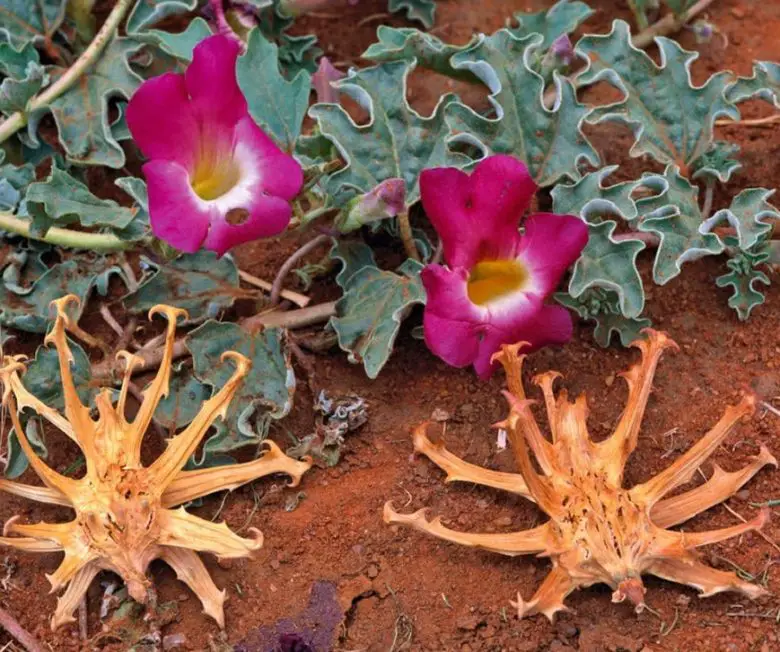
The devil’s claw plant is a perennial herb that grows creepingly on the ground, with flexible, branching branches that can reach 2 meters in length. It has opposite, arrow-shaped leaves with serrated edges, which are greyish-green in color. The flowers are large and showy, pink or purple in color, with petals that spread out in a funnel shape.
The used part of theHarpagophytum procumbens it is the root, from which the medicinal properties are extracted. This root is elongated, woody and branched, with hook-shaped protuberances.
Even the fruits are real claws and from these two “aesthetic” elements the plant takes its common name.
In herbal practice, the secondary roots are actually used, i.e. storage organs, with a diameter varying between 6 and 20 cm and weighing up to 600 g.
The plant grows mainly in arid and desert areas of southern Africa, so it is to be considered a very resistant and robust exotic plant, capable of adapting to the difficult climatic conditions of its natural habitat.
What are the active ingredients contained in the root of theHarpagophytum procumbens?
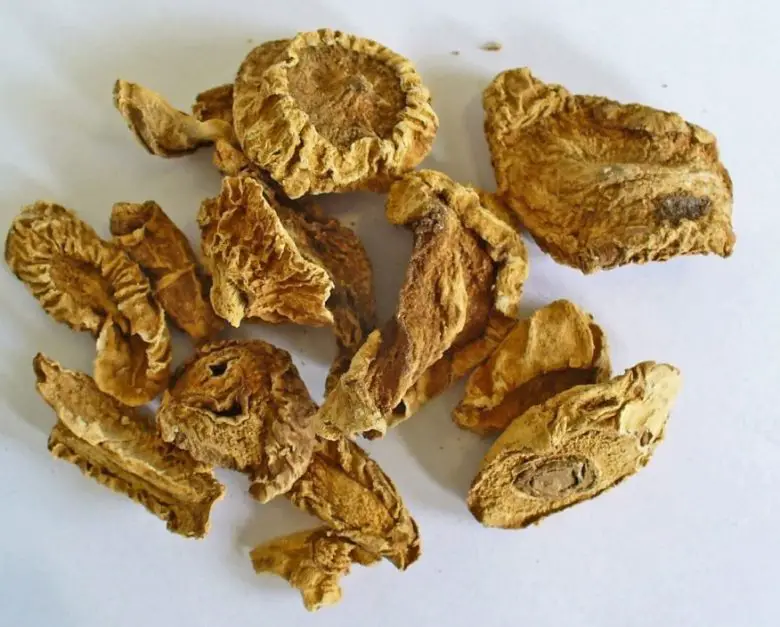
The secondary root of devil’s claw contains a number of active compounds, with beneficial properties for health. Among the most important are the iridoids, considered the main responsible for the therapeutic properties of the devil’s claw. Among those present in the root are harpagoside, harpagide and procumbide, which give the plant analgesic, anti-inflammatory and antioxidant properties.
Then there are the phytolaquinsanother group of compounds that have been shown to have anti-inflammatory and analgesic properties.
There are also flavonoids (kaempferol), triterpins And phytosterolsnatural compounds found in many plants and important for their antioxidant properties.
Finally, the root of the plant also contains organic acids such as chlorogenic acid, caffeic acid and cinnamic acid. These acids are known for their antioxidant and anti-inflammatory properties.
Therefore a unique mix of active ingredients, which has been used in folk medicine for centuries.
What is the devil’s claw for?
Devil’s claw has various applications in the phytotherapeutic field. It is mostly researched and used for its ability to reduce inflammation in the body, which makes it useful for treating ailments such as arthritis, osteoarthritis, tendonitis, bursitis, and low back pain.
In addition, it has a natural analgesic effect, which can help reduce pain associated with headaches, toothaches, muscle and joint pain, and other types of pain. No less important are the antispasmodic and relaxing effects on the muscles, which makes it useful for the treatment of cramps, muscle spasms and other muscle ailments.
Thanks to the presence of flavonoids and other antioxidant compounds, theHarpagophytum procumbens it is used to help reduce the damage caused by free radicals in the body.
Finally, let’s not forget the digestive and protective properties of the liver, thanks to which this herb can help reduce swelling and abdominal distension. For this reason it is a useful adjuvant in the treatment of gastrointestinal disorders such as dyspepsia and gastritis.
In what form is the devil’s claw used internally?
For internal use, devil’s claw is mainly used in the form of food supplements (such as capsules, tablets or mother tincture) which contain the dry extract of the root. In some cases, the dry chopped root is used for prepare decoctions or infusionsbut this method of administration is uncommon, as it is less safe in the dosage.
You can find a selection of this type of product here. The recommended dosages vary according to the form of administration and the concentration of the active ingredient, but in general it is advisable to follow the manufacturer’s instructions or the instructions of the doctor or naturopath who prescribed the remedy.
How to use devil’s claw cream?
The most famous and widespread preparations of Harpagophytum procumbens are those for external use e you find them in the form of cream or ointment. Creams are applied topically to the area affected by pain or inflammation. To use devil’s claw cream, apply a small amount to the painful or inflamed area and massage gently until completely absorbed. The cream can be applied two to three times a day, depending on the manufacturer’s or doctor’s directions.
It is important to note that this cream can cause skin irritation in some people, especially if the affected area is very sensitive. It is therefore advisable to carry out a test on small areas before using the cream on large areas of the body. Obviously, it is good to discontinue its use in case of adverse reactions. If pain or inflammation persists or worsens, you should see a specialist for a medical evaluation.
What are the contraindications ofHarpagophytum procumbens?
Devil’s claw is generally considered safe when used in recommended doses. However, like any supplement or natural remedy, it can cause side effects and interactions with drugs or other substances.
The most common contraindications and side effects associated with the use ofHarpagophytum procumbens include:
- gastrointestinal irritation;
- hypoglycemic effect: it can lower blood sugar levels, so people with diabetes or hypoglycemia should use it only under the supervision of a doctor;
- anticoagulant effect: the iridoids present in the plant can have an anticoagulant effect, therefore people taking anticoagulant or antiplatelet drugs should avoid using them;
- possible interaction with other drugs (non-steroidal anti-inflammatory drugs, blood pressure drugs, antidiabetics and anticoagulants);
- possible allergic effect.
Pregnant or lactating women should avoid using Devil’s Claw, as there is not enough information about the supplement’s safety in these categories of people. In general, it is important to consult a doctor before using any supplement or natural remedy, especially if you are on any other medications or have any chronic conditions.

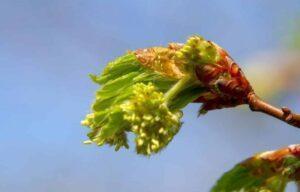
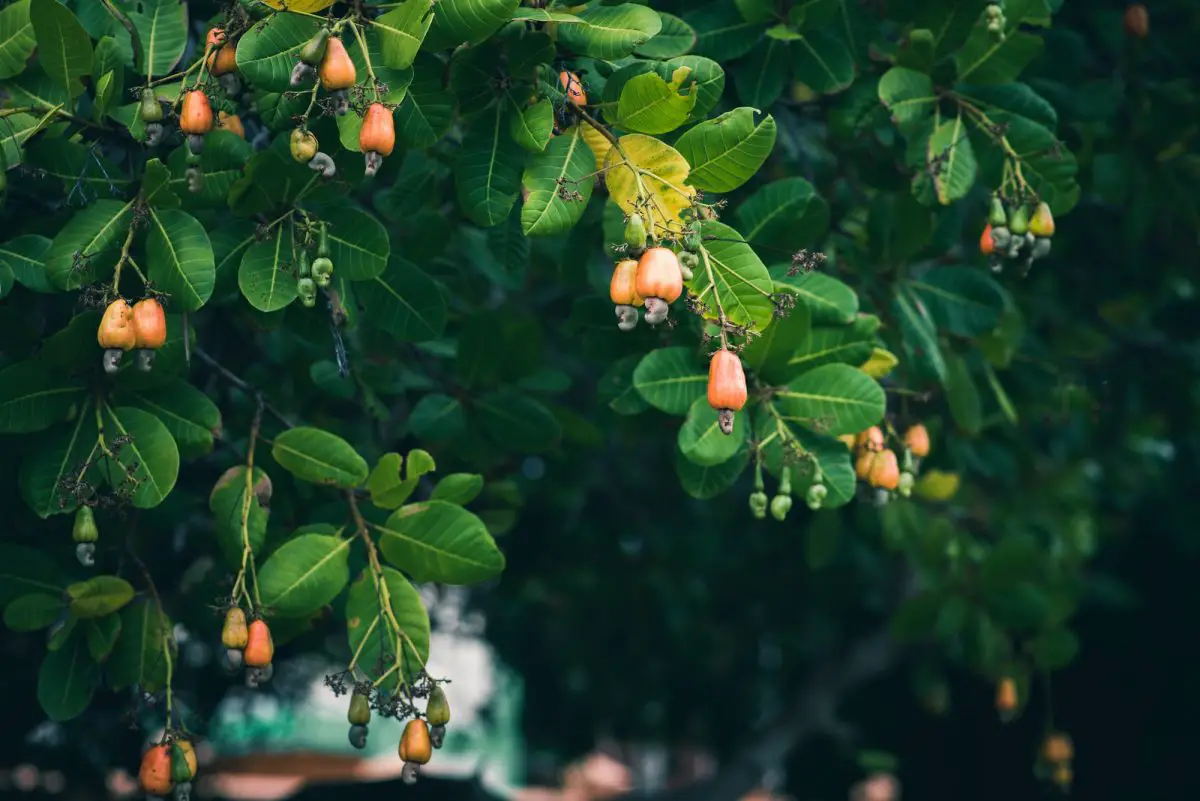
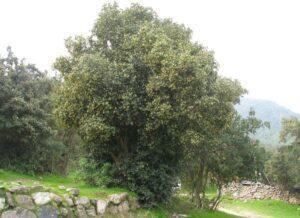
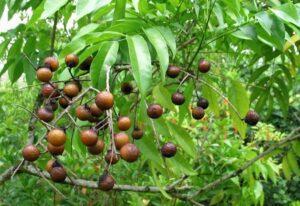
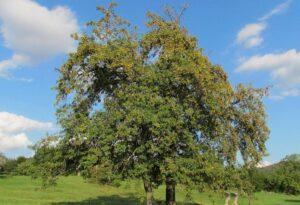
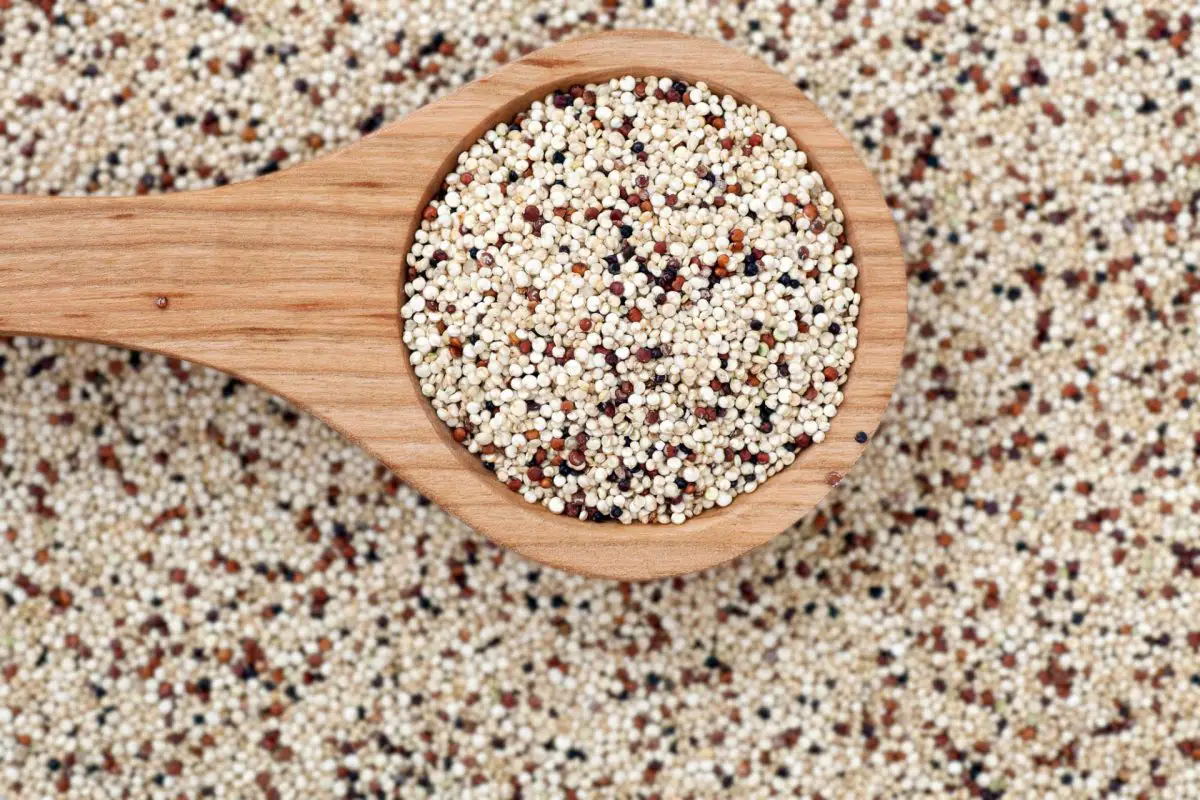
Start a new Thread